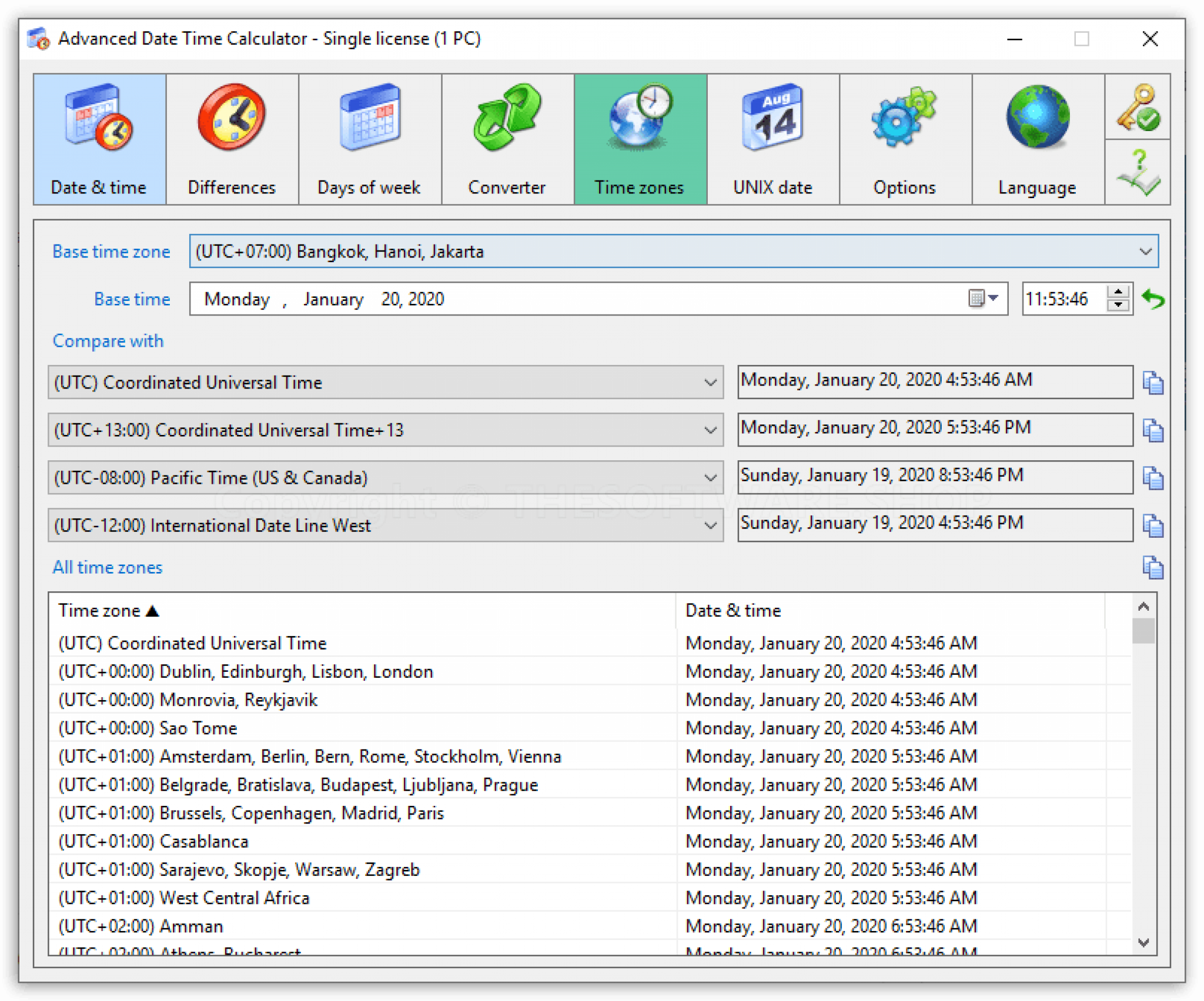

For example, to find all files ending with. Searching for files by extension is the same as searching for files by name. The command above will match “Document.pdf”, “DOCUMENT.pdf”. To run a case-insensitive search, change the -name option with -iname: find /home/linuxize -type f -iname document.pdf To find a file by its name, use the -name option followed by the name of the file you are searching for.įor example, to search for a file named document.pdf in the /home/linuxize directory, you would use the following command: find /home/linuxize -type f -name document.pdf js (JavaScript files).įinding files by name is probably the most common use of the find command.


To search for files in a directory, the user invoking the find command needs to have read permissions on that directory. The expression attribute is made up of options, search patterns, and actions separated by operators.attribute defines the starting directory or directories where find will search the files. The options attribute controls the treatment of the symbolic links, debugging options, and optimization method.Epoch, or Unix timestamps, is the number of seconds that have elapsed since Januat 00:00:00 UTC. The date command can be used as an Epoch converter. , you can either list the files in the /usr/share/zoneinfo directory or use the timedatectl list-timezones command. To use a different timezone set the environment variable TZ to the desired timezone.įor example, to show the Melbourne, Aus time, you would type: TZ='Australia/Melbourne' date Sat Jun 1 22:35:10 AEST 2019 The date command returns the date in the default system timezone For example, to show the local time for 6:30AM next Monday on the Australian east coast, you would type: date -d 'TZ="Australia/Sydney" 06:30 next Monday' Sun Jun 2 22:30:00 CEST 2019 Override the Timezone # You can also use the date string option to show the local time for different timezones.

The date string accepts values such as “tomorrow”, “friday”, “last friday” “next friday”, “next month”, “next week”. Using the custom formatting: date -d '' +'%A, %d %B %Y' Monday, 16 December 1974 You can specify the date as a human-readable date string like below: date -d " 12:10:53" Sun Feb 7 12:10: The -d option allows you to operate on a specific date.
Linux date now minus minutes full#
To get a full list of all formatting options run date -help or man date in your terminal. %B - Locale’s abbreviated long month name (e.g., January).%b - Locale’s abbreviated short month name (e.g., Jan).%A - Locale’s abbreviated full weekday name (e.g., Monday).%a - Locale’s abbreviated short weekday name (e.g., Mon).Here is another example: date "+DATE: %D%nTIME: %T"īelow is a small list of the some of the most common formatting characters: The %Y character will be replaced with the year, %m with month and %d with the day of the month: Year: 2019, Month: 06, Day: 02 The format controls start with the % symbol and are substituted by their values. The output of the date command can be formatted with a sequence of format control characters preceded by a + sign. The output includes the day of the week, month, day of the month, time, timezone, and year: Sat Jun 1 14:31:01 CEST 2019 To display the current system time and date using the default formatting, invoke the command without any options and arguments: date


 0 kommentar(er)
0 kommentar(er)
